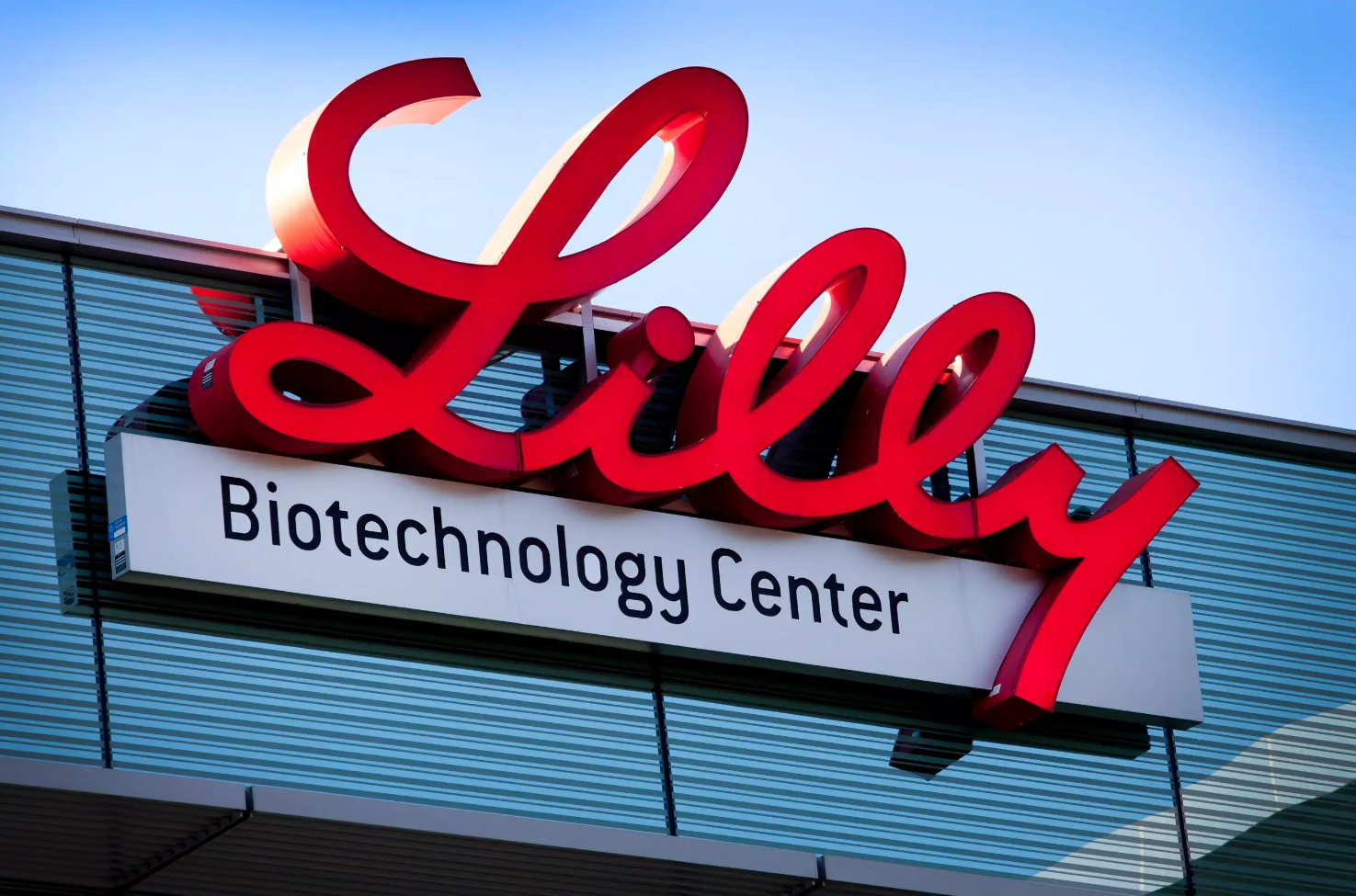The World of Pediatric Cardiologists: Experts Nurturing Young Hearts
A pediatric cardiologist is a specialized medical professional who focuses on diagnosing and treating heart conditions in children. They play a crucial role in providing specialized care to young patients with heart conditions, ensuring their well-being and optimal heart health.
When it comes to pediatric cardiology, specialized care is of utmost importance because children’s hearts are different from adults. Pediatric cardiologists have the expertise to understand the unique challenges and requirements of treating heart conditions in children, ranging from newborns to adolescents.
Becoming a Pediatric Cardiologist
To become a pediatric cardiologist, one must undergo extensive education and training. It typically starts with completing a Bachelor’s degree in a science-related field, followed by four years of medical school.

After medical school, aspiring pediatric cardiologists need to complete a three-year residency program in pediatrics, which provides a solid foundation in general pediatric care. Following residency, they must undertake a fellowship program in pediatric cardiology, which typically lasts for three years.
During their fellowship, pediatric cardiology trainees gain specialized knowledge and skills in diagnosing and managing heart conditions in children. They work closely with experienced pediatric cardiologists and gain hands-on experience in various aspects of pediatric cardiology, including echocardiography, cardiac catheterization, and electrophysiology studies.
Upon completion of their fellowship, pediatric cardiologists can pursue certification through the American Board of Pediatrics. Certification demonstrates their expertise and commitment to providing quality care in the field of pediatric cardiology. Board-certified pediatric cardiologists are considered to be highly qualified and knowledgeable professionals in their field.
Pediatric Cardiology Specializations
Pediatric cardiology encompasses various subspecialties that focus on specific aspects of heart conditions in children. These subspecialties allow pediatric cardiologists to develop expertise in specific areas and provide comprehensive care to young patients. Some of the subspecialties within pediatric cardiology include:
Fetal Cardiology
Fetal cardiology deals with the diagnosis and management of heart conditions in unborn babies. Pediatric cardiologists specializing in fetal cardiology use advanced imaging techniques to assess the fetal heart’s structure and function, allowing for early detection and intervention if necessary.
Interventional Pediatric Cardiology
Interventional pediatric cardiologists perform minimally invasive procedures to treat heart conditions in children. They use catheter-based techniques to repair structural abnormalities, such as closing septal defects or widening narrowed blood vessels, reducing the need for open-heart surgery.
Electrophysiology
Electrophysiology focuses on the diagnosis and treatment of heart rhythm disorders in children. Pediatric electrophysiologists use specialized techniques to evaluate and manage abnormal heart rhythms, including the implantation of pacemakers and defibrillators.
Heart Failure and Transplantation
Pediatric cardiologists specializing in heart failure and transplantation manage children with advanced heart failure. They assess patients for heart transplant eligibility and provide comprehensive care, including medical management and ventricular assist devices (VADs) when needed.
Pediatric Cardiac Imaging
Pediatric cardiac imagers use advanced imaging techniques, such as echocardiography, cardiac MRI, and CT scans, to visualize the heart’s structure and function. They play a vital role in the diagnosis and monitoring of heart conditions in children.
Common Heart Conditions in Children
Heart conditions can affect children of all ages, from newborns to teenagers. Pediatric cardiologists encounter a wide range of heart conditions in their practice. Some of the common heart conditions in children include:
Atrial Septal Defect (ASD)
ASD is a congenital heart defect characterized by a hole in the wall separating the two upper chambers of the heart. This allows oxygen-rich blood from the left atrium to mix with oxygen-poor blood in the right atrium. Pediatric cardiologists may recommend interventions such as catheter-based closure or surgical repair to correct the defect and prevent complications.
Ventricular Septal Defect (VSD)
VSD is another common congenital heart defect where there is a hole in the wall separating the two lower chambers of the heart. This causes oxygen-rich and oxygen-poor blood to mix, leading to an increased workload on the heart. Pediatric cardiologists may monitor small VSDs that may close on their own, while larger VSDs may require surgical intervention to repair the hole.
Tetralogy of Fallot
Tetralogy of Fallot is a complex congenital heart defect involving four abnormalities: a ventricular septal defect, narrowing of the pulmonary valve, an overriding aorta, and right ventricular hypertrophy. This condition leads to decreased oxygen levels in the blood. Pediatric cardiologists often recommend surgical repair in infancy to correct the defects and improve oxygenation.
Kawasaki Disease
Kawasaki disease is an acquired heart disease that primarily affects young children. It causes inflammation in the walls of blood vessels throughout the body, including the coronary arteries. Pediatric cardiologists play a crucial role in diagnosing and managing this condition, which may involve treatment with intravenous immunoglobulin and aspirin to prevent complications such as coronary artery aneurysms.
Diagnostic Procedures and Tools
Pediatric cardiologists utilize various diagnostic procedures and tools to evaluate heart conditions in children. These include:
Echocardiography
Echocardiography, or cardiac ultrasound, is a non-invasive imaging technique that uses sound waves to create detailed images of the heart’s structure and function. It is a primary diagnostic tool in pediatric cardiology, allowing cardiologists to assess heart chambers, valves, and blood flow.
Electrocardiography (ECG)
Electrocardiography involves placing electrodes on the skin to measure the electrical activity of the heart. Pediatric cardiologists use ECG to detect abnormal heart rhythms, identify conduction abnormalities, and assess the overall electrical function of the heart.
Cardiac MRI and CT Scans
Cardiac MRI and CT scans provide detailed images of the heart’s structure and blood vessels. These imaging techniques help pediatric cardiologists assess complex heart conditions, plan interventions, and monitor treatment outcomes.
Cardiac Catheterization
Cardiac catheterization is an invasive procedure that involves inserting a catheter into the heart to assess its function, measure pressures, and perform interventions such as closing defects or widening narrowed blood vessels.
Electrophysiology Studies
Electrophysiology studies help pediatric cardiologists evaluate the electrical system of the heart. These studies involve placing catheters with electrodes into the heart to assess and diagnose abnormal heart rhythms, guiding treatment decisions.
Treatment and Interventions
Pediatric cardiologists employ various treatment and intervention strategies based on the specific heart condition and individual patient needs. These can include:
Medical Management
Medical management involves the use of medications to help control symptoms, manage heart rhythm abnormalities, reduce fluid retention, and improve heart function. Pediatric cardiologists carefully monitor the effectiveness and potential side effects of medications in children.
Surgical Interventions
Surgical interventions may be necessary for complex heart conditions or when non-invasive approaches are insufficient. Pediatric cardiac surgeons work alongside pediatric cardiologists to perform open-heart surgeries, such as repairing septal defects, correcting heart valve abnormalities, or performing heart transplantation.
Minimally Invasive Procedures
Advancements in technology have enabled pediatric cardiologists to perform certain interventions using minimally invasive techniques. These procedures involve smaller incisions, resulting in reduced pain, shorter recovery times, and improved cosmetic outcomes.
Catheter-based Interventions
Pediatric cardiologists skilled in interventional card
Catheter-based Interventions
Pediatric cardiologists skilled in interventional cardiology can perform a range of procedures using catheters inserted through blood vessels. This minimally invasive approach allows them to repair structural abnormalities, such as closing septal defects, dilating narrowed blood vessels, or placing stents to keep blood vessels open.
Heart Transplantation and Ventricular Assist Devices (VADs)
In cases of severe heart failure, pediatric cardiologists may consider heart transplantation as a treatment option. This involves replacing the diseased heart with a healthy donor heart. However, due to the limited availability of donor organs, ventricular assist devices (VADs) may be used as a bridge to transplantation or as long-term support for patients awaiting a suitable donor.
Collaborative Care and Multidisciplinary Approach
Pediatric cardiologists understand the importance of collaborative care and often work closely with other healthcare professionals to provide comprehensive treatment for their patients. They collaborate with pediatricians, neonatologists, cardiac surgeons, cardiac anesthesiologists, and other specialists to ensure a multidisciplinary approach to care. This teamwork allows for a comprehensive evaluation, accurate diagnosis, and tailored treatment plans for each child.
Furthermore, pediatric cardiologists recognize the importance of psychosocial support for patients and their families. They provide counseling, education, and resources to help families cope with the emotional and practical challenges that come with managing a child’s heart condition. Support groups and resources are often available to connect families with others who are going through similar experiences.
Research and Innovations in Pediatric Cardiology
Pediatric cardiology is a field that continually evolves through ongoing research and technological advancements. Researchers and pediatric cardiologists collaborate to improve diagnostic techniques, refine treatment approaches, and explore innovative therapies.
Current research in pediatric cardiology focuses on areas such as genetic factors contributing to heart conditions, advancements in non-invasive imaging techniques, the development of new medications, and the use of regenerative medicine for heart repair.
Promising technologies and treatment approaches include the use of 3D printing to create patient-specific heart models for surgical planning, advancements in minimally invasive procedures, and the exploration of stem cell therapy for heart regeneration.
FAQs
Here are some frequently asked questions about pediatric cardiology:
What is the difference between a pediatric cardiologist and a pediatric cardiac surgeon?
A pediatric cardiologist specializes in diagnosing and managing heart conditions through non-invasive techniques and medical management. A pediatric cardiac surgeon, on the other hand, performs surgical interventions to correct heart defects and abnormalities.
At what age can children be diagnosed with heart conditions?
Heart conditions can be diagnosed in children at any age, including before birth. Some conditions are detected during routine prenatal ultrasounds, while others may become apparent after birth or during childhood.
How do pediatric cardiologists handle infants with heart defects?
Pediatric cardiologists carefully evaluate and monitor infants with heart defects, utilizing specialized diagnostic tools and techniques such as echocardiography. They develop individualized treatment plans based on the severity and specific needs of the infant.
Are heart conditions in children always present at birth?
No, not all heart conditions in children are present at birth. Some may develop later in childhood due to infections, inflammatory conditions, or genetic factors.
Can heart conditions in children be cured?
While some heart conditions can be completely cured with interventions or surgeries, others may require long-term management and monitoring. The goal of treatment is to improve heart function, alleviate symptoms, and enhance the child’s quality of life.
What are the potential long-term effects of congenital heart defects?
The long-term effects of congenital heart defects vary depending on the specific condition and its severity. Some individuals may require ongoing medical management, regular check-ups, and lifestyle modifications to maintain heart health.
How do pediatric cardiologists determine the need for surgery?
Pediatric cardiologists assess various factors to determine the need for surgery. These factors include the type and severity of the heart condition, the impact on the child’s overall health and quality of life, the potential risks and benefits of surgery, and the availability of less invasive treatment options. They consider the individual needs of each patient and collaborate with cardiac surgeons to make informed decisions about the most appropriate course of action.
Are there any lifestyle restrictions for children with heart conditions?
Lifestyle restrictions for children with heart conditions vary depending on the specific condition and its impact on the child’s heart function. Pediatric cardiologists may guide physical activity, dietary considerations, and precautions to minimize the risk of complications. However, many children with well-managed heart conditions can lead active and fulfilling lives.
How often should children with heart conditions visit a pediatric cardiologist?
The frequency of visits to a pediatric cardiologist depends on the specific heart condition, its severity, and the child’s overall health. Pediatric cardiologists typically establish a follow-up schedule based on the individual needs of each patient, which may range from regular visits every few months to annual check-ups.
Are there support groups available for families of children with heart conditions?
Yes, there are support groups and resources available for families of children with heart conditions. These support networks provide an opportunity for families to connect with others who are going through similar experiences, share information, and receive emotional support. Pediatric cardiologists often provide information about these support groups and can help facilitate access to them.
Conclusion
Pediatric cardiologists play a vital role in the diagnosis, treatment, and ongoing care of children with heart conditions. Their specialized training and expertise enable them to provide comprehensive and individualized care to young patients, ensuring their well-being and optimal heart health.




